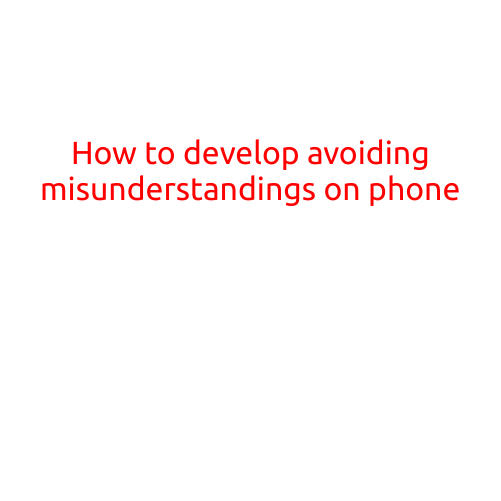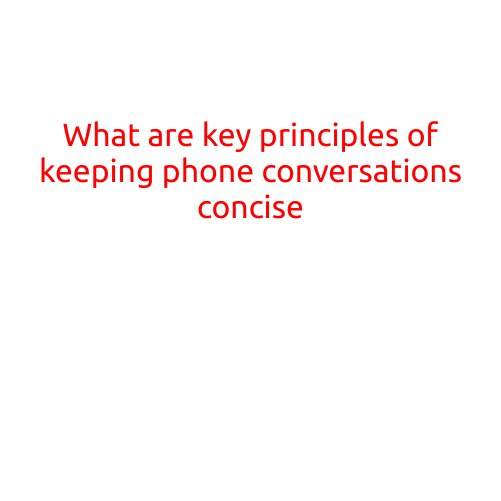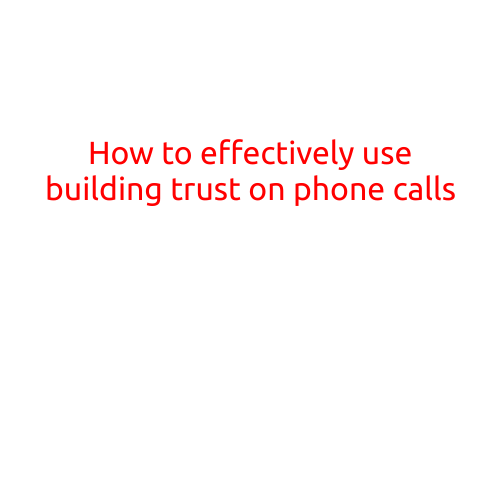
How to Develop Avoiding Misunderstandings on Phone
In today’s digital age, phone communication has become an essential part of our daily lives. Whether it’s a quick phone call to a friend, a video conference with colleagues, or a text message to family, our phones are always buzzing with updates from loved ones and colleagues. However, this increasing reliance on phone communication can also lead to misunderstandings and miscommunications, which can be frustrating, time-consuming, and even costly.
In this article, we’ll explore the common causes of misunderstandings on phone and provide valuable tips on how to develop the skills to avoid them.
Common Causes of Misunderstandings on Phone
- Lack of Context: When we communicate through text or voice, we often miss out on nonverbal cues like facial expressions, body language, and tone of voice, which can lead to misunderstandings.
- Language Barriers: Different accents, dialects, and languages can lead to miscommunications, especially when there’s no visual aid like body language or written instructions.
- Information Overload: With the constant stream of notifications, messages, and calls, it’s easy to miss or misinterpret important information.
- Emotional Factors: Emotional states like stress, frustration, or anxiety can affect our communication style and lead to misunderstandings.
Practical Tips to Avoid Misunderstandings on Phone
- Use Clear and Concise Language: Speak or type clearly and concisely to avoid ambiguity. Avoid using jargon, acronyms, or technical terms without defining them.
- Check Your Understanding: Before ending a call or sending a message, ask the other person to repeat or confirm what they’ve understood to avoid miscommunications.
- Use Emoticons and Emojis: 😊 emojis can help convey tone and emotions, making your messages more expressive and easier to understand.
- Pause and Reflect: Take a moment to pause and reflect before responding to a message or call. This can help you clarify your thoughts and avoid miscommunications.
- Use Multimodal Communication: Use a combination of text, images, and videos to convey information. This can help break down language barriers and reduce misunderstandings.
- Practice Active Listening: When receiving a call or message, actively listen to the other person and ask clarifying questions to ensure you understand their message.
- Use a Standard Framework: Establish a standard framework for communication, such as setting priorities or using a shared language, to reduce misunderstandings.
- Be Aware of Your Communication Style: Recognize your own communication style and adjust it according to the situation. For example, be more concise in formal meetings and more expressive with friends.
Conclusion
Avoiding misunderstandings on phone requires awareness of the common causes and implementation of practical strategies. By using clear language, checking your understanding, and practicing active listening, you can reduce the likelihood of miscommunications and improve your communication skills. Remember, effective phone communication is key to building strong relationships and achieving successful outcomes. With practice and patience, you can develop the skills to navigate phone conversations with confidence and clarity.





